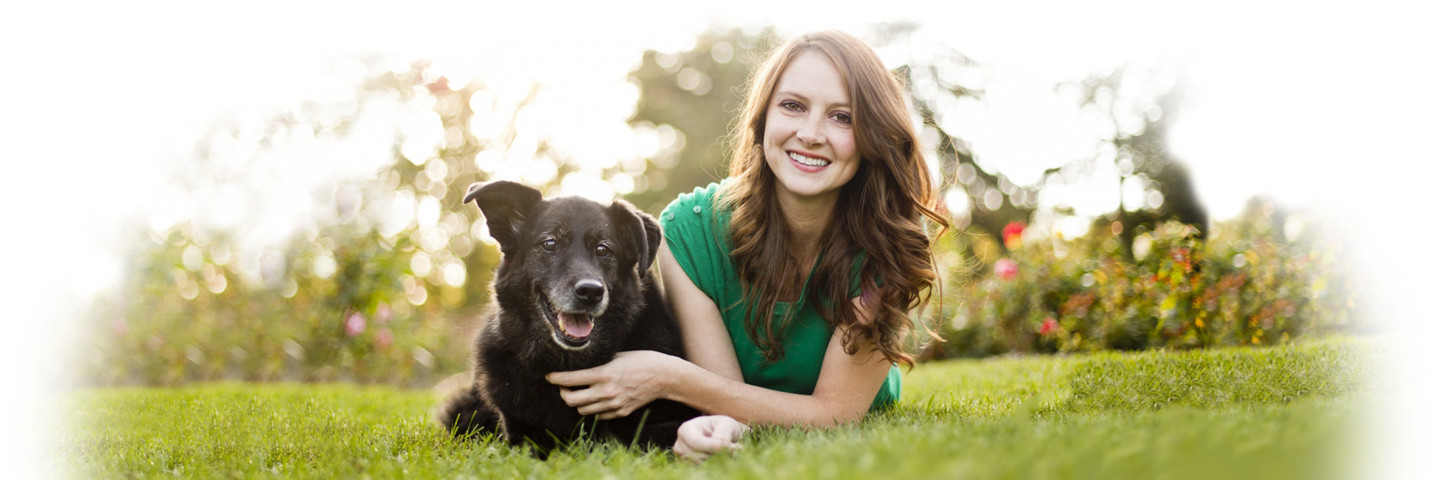With more and more people staying at home to promote social distancing, pet adoption is at an all time high. Pets are great sources of stress relief and make for great companionship during a time when a lot of us feel alone. For many families, a new furry family member is a welcome distraction offering countless memorable experiences. Of course, one of those experiences is training.
I recently had the pleasure of speaking with Camille Asmer, owner and certified Fear Free trainer of Sit, Stay, Play Dog Training in Charlotte, about how pets can still be trained (and entertained) when normal methods of socialization and training have become prohibited under stay-at-home orders.
According to Asmer, “Now is a great time to train our dogs! We’re home, with a little more time on our hands and dogs everywhere have got to be happy. I’ve been doing consultations and privates, both obedience/puppy and behavior, and training group classes online. They’ve gone very well so far. People that are dog lovers are loving this extra time to bond with their dogs. One client loves to teach tricks to her dog, for no other reason than it’s fun and she has time!”
When asked about pet parents’ concerns about not being able to bring their pup to a class, Asmer says, “In general, training starts in your home anyway, where it’s quiet and there are few distractions. Later when the behavior is strong, we’ll begin to work outside on your deck or patio, your backyard, then the driveway, so there is a great deal of fun training that can take place.”
In speaking with my own clients who have recently adopted during this pandemic, many of them have done so to provide a fun, bonding experience for their family while they have the time. With everyone at home, training can be much easier. Asmer believes that training works best when everyone in the household is involved and is consistent. “Training also needs consistency from everyone in the home, so what a great time to get the whole family involved! There are budding junior trainers out there and this is a terrific time to let them shine! I have a terrific 12 year old trainer who loves to teach new things to her pup and she’s so much fun to work with.”
In order to help her clients continue training beyond one of her virtual classes, Asmer has created a few DIY enrichment training methods and puzzles to keep your pup mentally stimulated, entertained, and most importantly, well behaved. Here are a few she shared with me:
- Teach tricks! They’re fun for dogs and humans. Find some tricks on YouTube by Kikopups/Emily Larlham.
- Scent work: ask your dog to stay or have someone hold his leash while you go just out of sight and hide some great treats. Release your dog to go and find them. Increase the difficulty the better he or she gets at searching. First hide the treat around the corner where he or she can see, then hide it around the corner and behind a chair or toy. Hide several at the same time. Have patience! Let the nose be his or her guide!
- Use an old empty box, place some treats in it, and fold over the top flaps in an interlocking close. Give it to your dog to figure out how to open the puzzle!
- Use a muffin tin to feed your dog his meals. Place kibble in each of the muffin cups and place a tennis ball or something similar on top of the cup. Let your pup figure out how to remove the ball from each cup and get to his food.
- Create your own agility course from things you have at home. Teach your dog to crawl under a chair, over a box, weave through cones or other objects like books or people.
- BUBBLES!
In wrapping up our conversation, Asmer had a great recommendation for all new pet parents and families with new pet additions, “If I have one tip to stress right now, it’s please consider a training consultation online, at the very least. If you’d be searching for a trainer in normal times, please don’t hesitate now. Our trainers’ group have all been worried about the puppies that aren’t being helped right now and that will have behavior problems because of not starting out on the right foot.” As a Fear Free veterinarian, I couldn’t agree more with her. Getting your pet used to as much stimuli as possible at the earliest age possible makes for more positive and stress free experiences at the vet, groomer, boarding/daycare, car rides, and elsewhere. If there is one thing we all have now is time; use it wisely.
For more information about Sit, Stay, Play Dog Training and scheduling an online training consultation with Camille Asmer, visit https://www.sspdogtraining.com/.

